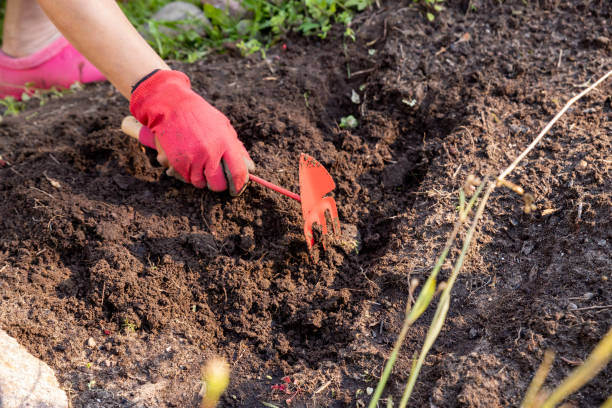
LAND IMPROVEMENT TECHNIQUES
Soil Improvement Techniques: The Secret to Increasing Yields for the New Crop
Land is a valuable resource, but after many crops, the soil often becomes degraded, hardened, or loses nutrients. To ensure high yields and crop quality, farmers need to apply appropriate soil improvement techniques. This article will provide effective soil improvement methods, helping farmers restore vitality to the soil and prepare for the new crop.

1. Why is Soil Improvement Necessary?
After each crop, the soil often faces problems such as:
- Loss of nutrients: Continuous exploitation causes the soil to lack nutrients such as nitrogen (N), phosphorus (P), potassium (K), and trace elements.
- Hardened, discolored: The soil is compacted or degraded due to long-term use of chemical fertilizers without adding organic matter.
- Accumulation of toxins: Excess pesticides and chemical fertilizers over time pollute the soil.
- pH imbalance: Soil that is too acidic or alkaline affects the ability of plants to absorb nutrients.
Soil improvement not only helps to overcome the above problems but also improves the growth of crops, bringing about a bumper crop.
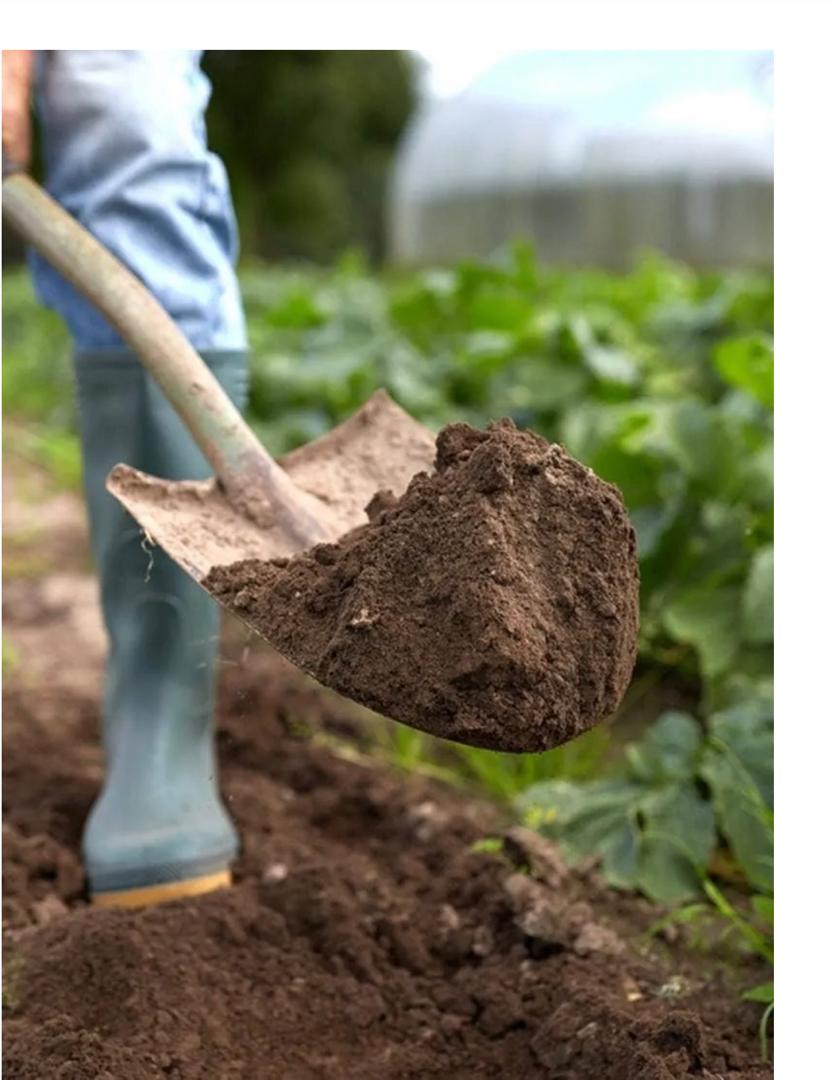
2. Effective Soil Improvement Techniques
2.1. Plowing and drying the soil
- Purpose::
- Break down the hard soil layer, improve drainage and aeration.
- Kill pests and weeds with sunlight.
- How to do it:
- Plow the soil to a depth of 20-30 cm.
- Dry the soil for 7-10 days in the dry season to reduce pathogens.
2.2. Add organic fertilizer
- Effect:
- Improve soil fertility, increase water and nutrient retention.
- Improve soil fertility, increase water and nutrient retention.
- Type of organic fertilizer:
- Decomposed manure (cow, chicken, pig).
- Green manure: Composted leaves and fresh grass.
- Organic waste: Fruit peels, straw.
- Note: Do not use fresh manure because it can easily cause disease and pollute the environment.
2.3. Using lime to improve soil
- Purpose:
- Neutralize acidity, increase soil pH.
- Disinfect, reduce toxins in soil.
- How to use:
- Dosage: 500-1,000 kg of lime powder/ha, depending on the acidity of the soil.
- How to apply: Spread lime evenly on the soil and plow to allow the lime to penetrate evenly.
2.4. Planting trees to improve soil
- Purpose: Provide natural organic matter, improve soil structure.
- Suitable crops:
- Legumes (soybeans, green beans, peanuts): Roots naturally fix nitrogen in the soil.
- Vetiver grass, green manure plants: Prevent erosion and enrich organic matter.
- How to do: After the plant grows, cut or plow the plant into the soil.
2.5. Using biological products
- Effect: Stimulate beneficial microorganisms, decompose organic matter and increase soil fertility.
- Popular products:
- Trichoderma: Decomposes straw, improves soil structure.
- EM (Effective Microorganisms): Enhances microorganisms in the soil.
- How to use: Dilute the biological product according to the instructions and water evenly on the soil.
2.6. Crop rotation and intercropping
- Purpose: Reduces pest pressure and maintains soil fertility.
- How to do:
- Crop rotation: Plant different crops in rotation on the same area (rice - beans - corn).
- Intercropping: Plant crops with complementary properties (corn mixed with beans, tomatoes mixed with cabbage).
2.7. Post-harvest straw treatment
- Effect: Limits burning straw causing pollution, while recycling organic matter.
- How to do:
- Use Trichoderma to compost straw.
- Plow and bury straw in the soil combined with lime.
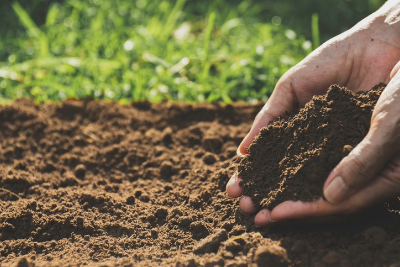
3. Important Notes When Improving Soil
- Soil analysis: Check the pH and nutrient content before improving to choose the appropriate method.
- Do not overuse chemical fertilizers: Use chemical fertilizers at a reasonable level to avoid hardening the soil.
- Time of improvement: It is best to do it right after harvest or before starting a new crop.
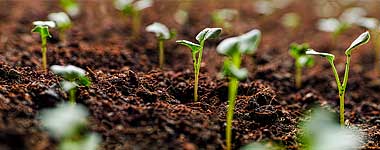
4. Long-term benefits of improving soil
- Increase crop yield: Healthy soil helps plants grow well, giving higher yields.
- Reduce production costs: Nutrient-rich soil helps farmers reduce the amount of chemical fertilizers.
- Protect the environment: Reduce soil and water pollution, improve the surrounding ecosystem.
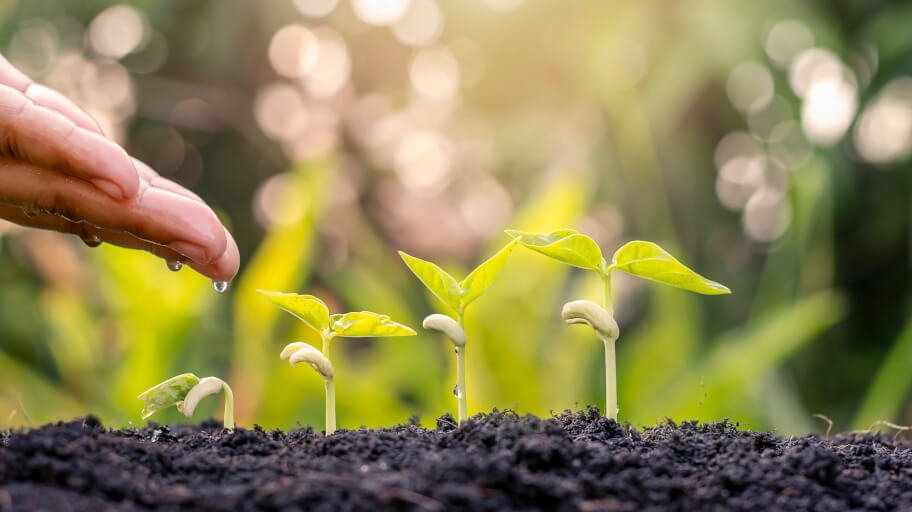
5. Conclusion
Soil improvement is an important step to maintain long-term productivity and sustainable development in agriculture. Farmers need to apply techniques such as adding organic fertilizers, using biological products, and crop rotation to regenerate the vitality of the soil. Hopefully, this article will help farmers gain more knowledge to improve their soil and prepare well for the new crop.
Good luck!
Bình luận
Những bình luận mới nhất



